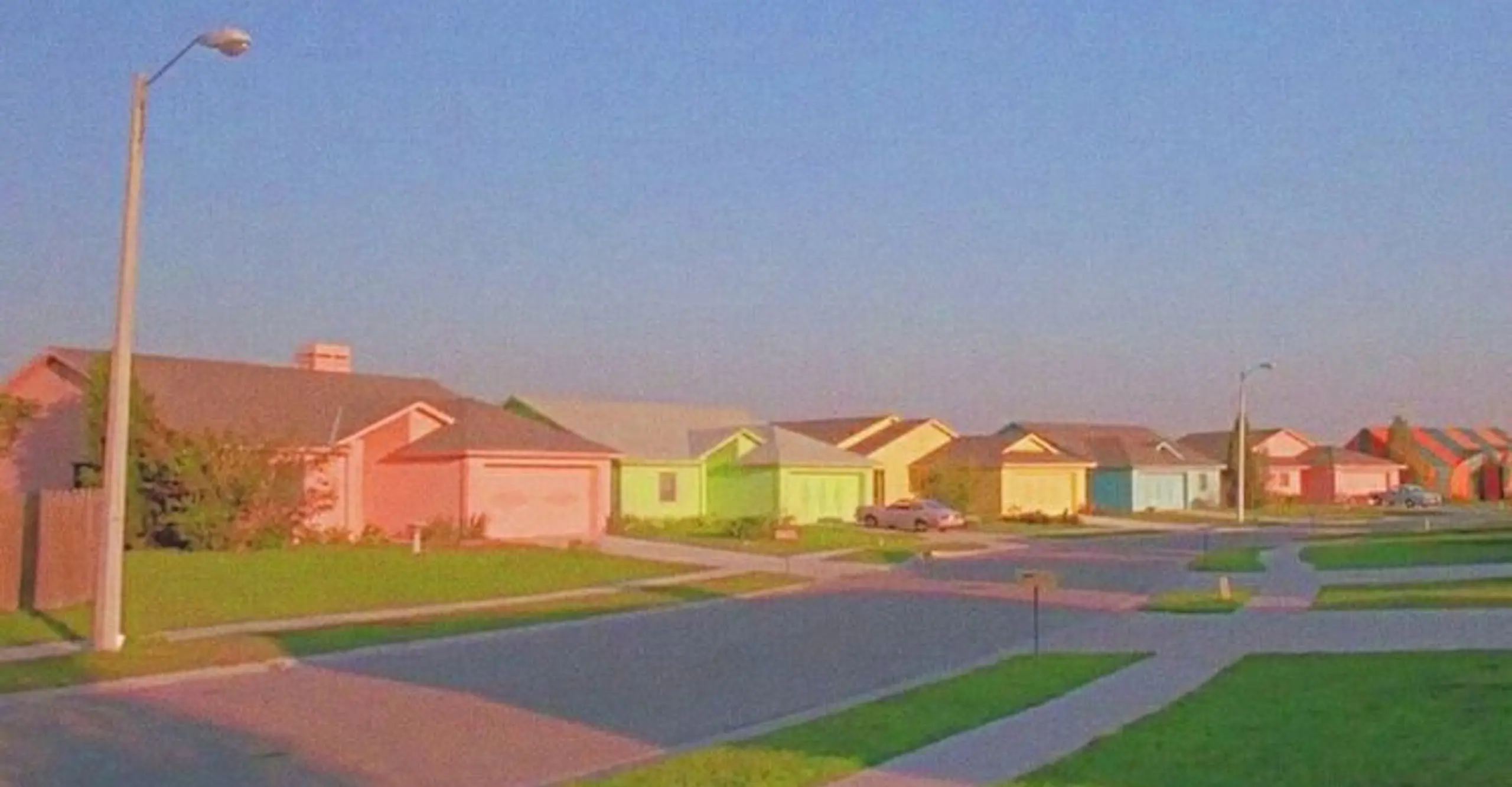Digital Folklore and the Vernacular is a PhD research project led by Kendal Beynon, hosted by the Centre for the Study of the Networked Image (CSNI) in partnership with The Photographers’ Gallery.
Scattered throughout our ever-evolving digital landscape, self-organised internet communities carve out their own distinct spaces. Each is guided by the principles of an online do-it-yourself (DIY) ideology. These often emerge in the hidden corners of the virtual world, or by creatively repurposing existing platforms like Discord, TikTok, and other social media ecosystems. Yet their inhabitants are driven by a desire for a more intimate, curated environment. They construct a web that feels smaller, more personal, and imbued with a sense of a handcrafted internet.
A specific vernacular – custom languages, symbols and visual aesthetics – is collaboratively developed within these digital enclaves. Digital Folklore is born from, and reflective of, users’ shared online experience. Expressions of identity are cultivated both on a personal and community level while challenging the norms of the broader digital sphere. By embracing low-tech tools and celebrating the materiality of the web, countercultural sites of identity formation, community building, and quiet resistance take shape. Each circumvents the homogenised practices that dominate an online existence.
This project, hosted by the Centre for the Study of the Networked Image at London South Bank University in collaboration with The Photographers’ Gallery, will visit and learn from these countercultural communities over the next three years. Beynon’s research will explore how these communities construct their own cultures, the ways their vernaculars evolve, and the potential ripple effects arising from these grassroots practices.
Selected Activities & Publications
Online Aesthetics and the Backrooms: An interview with Valentina Tanni and Kendal Beynon. 2025
Zine Workshop: What is the internet made of? Daniel Murray (Melonland) and Kendal Beynon, 2025
Talks on Everyday Imaging vol.2 : The Self-Centred and the Networked. In collaboration with Eidolon Centre for Everyday Photography, 2025
Zines And Computational Publishing Practices: A Countercultural Primer. Kendal Beynon, published in APRJA, 2024
Workshop - Build your own digital sanctuary, 2024
Virtual Garden, 2023
Reading List
Boer, R. (2023) Smooth city: Against urban perfection, towards collective alternatives. Amsterdam: Valiz.
Berlant, L.G. (2023) On the inconvenience of other people. Durham: Duke University Press.
Blank, T.J. (2009) Folklore and the internet: Vernacular Expression in a Digital World. Logan, Utah: Utah State University Press.
Duncombe, S. (2017) Notes from underground: Zines and the Politics of Alternative Culture. Portland, Oregon: Microcosm Publishing.
Hall. Stuart & Jefferson, Tony. (2006) second edition. Resistance Through Rituals: Youth Subcultures in post-war Britain. London. Hutchinson.
Hebdige, Dick. (1979) Subculture: The meaning of Style. London, Routledge.
Lialina, O., Espenschied, D. and Buerger, M. (2009) Digital Folklore: To computer users, with love and respect. Stuttgart: Merz & Solitude.
Licona, A.C. (2013) Zines in Third Space: Radical Cooperation and Borderlands Rhetoric. Albany, NY: SUNY Press.
McCulloch, G. (2020) Because Internet: Understanding the new rules of language. Waterville, ME: Thorndike Press, a part of Gale, a Cengage Company.
Rasch, M. (Author). (2020). Friction and the aesthetics of the smooth. Web publication or website, Eurozine. https://www.eurozine.com/friction-and-the-aesthetics-of-the-smooth/
Steyerl, H. (2023) Hito Steyerl, mean images, NLR 140/141, March-June 2023, New Left Review. Available at: https://newleftreview.org/issues/ii140/articles/hito-steyerl-mean-images (Accessed: 31 October 2023).
Tanni, V. and Carruthers, A.R. (2024) Exit reality: Vaporwave, backrooms, Weirdcore and other landscapes beyond the threshold. Ljubljana, Rome: Aksioma : Nero.
Turner, F. (2006) From counterculture to cyberculture: Stewart Brand, the Whole Earth Network, and the rise of Digital utopianism. Chicago: University of Chicago Press.
